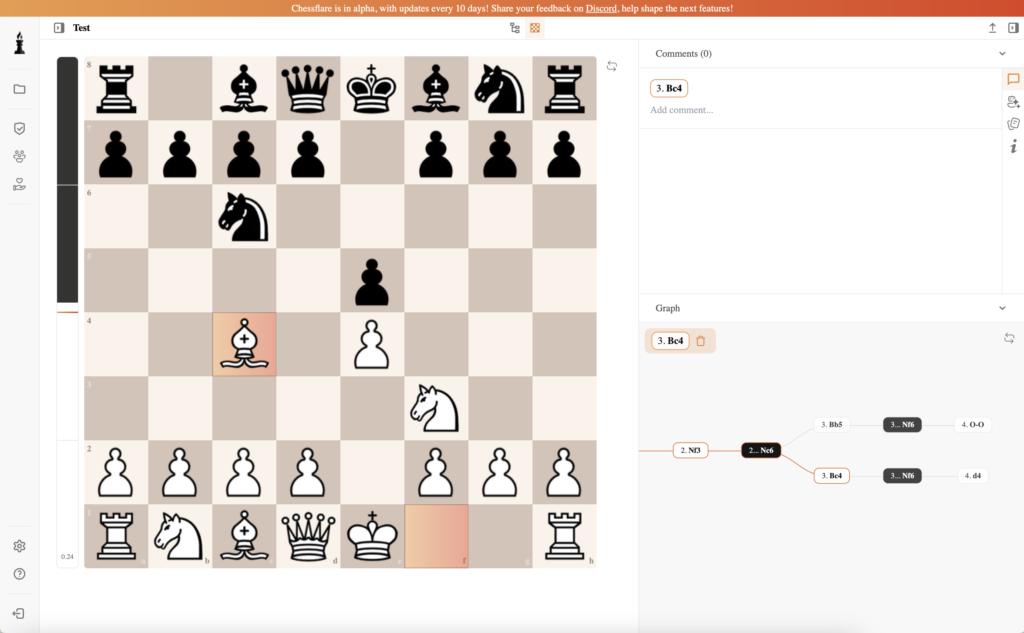The Armenian School of Chess is a unique and highly successful chess tradition that has produced world-class players and established Armenia as a chess powerhouse. With a strong emphasis on creativity, deep strategic understanding, and resilience, Armenian players have achieved remarkable success on the global stage. The country’s deep-rooted chess culture, government support, and disciplined training programs have contributed to its status as a leading chess nation.
Origins and Philosophy
Chess has been an integral part of Armenian culture for centuries, but it gained significant momentum in the 20th century when Armenian players began to excel in international competitions. The Armenian School of Chess is characterized by a mix of classical strategic principles and innovative, resourceful play.
Key principles of the Armenian School include:
- Strategic Depth: Armenian players excel in positional play and maneuvering.
- Creative and Unconventional Play: Many Armenian grandmasters are known for their original ideas and deep calculation skills.
- Endgame Expertise: Strong endgame technique is a hallmark of Armenian chess training.
- Resilience and Fighting Spirit: Armenian players are known for their ability to fight in difficult positions and turn games around.
- Chess as a National Pride: Chess is deeply respected and integrated into the educational system, ensuring a steady influx of young talent.
Key Openings of the Armenian School
Armenian grandmasters have employed a variety of openings, often choosing flexible and strategic setups that allow for deep middlegame planning.
The Armenian Variation of the Queen’s Indian Defense
The Queen’s Indian Defense (1.d4 Nf6 2.c4 e6 3.Nf3 b6) was popularized by Armenian players, offering a solid yet dynamic response to 1.d4. The Armenian approach emphasizes piece activity and deep strategic maneuvering.
The Tigran Petrosian Variation of the King’s Indian Defense
Tigran Petrosian, one of Armenia’s greatest players, introduced the Petrosian Variation in the King’s Indian Defense (1.d4 Nf6 2.c4 g6 3.Nc3 Bg7 4.e4 d6 5.Nf3 O-O 6.Be2 e5 7.d5), focusing on solid positional structures and prophylaxis.
The Armenian Dragon
A variation of the Sicilian Dragon (1.e4 c5 2.Nf3 d6 3.d4 cxd4 4.Nxd4 Nf6 5.Nc3 g6), the Armenian interpretation of this opening often includes deep home preparation and precise tactical execution.
The Great Players of the Armenian School
Armenia has produced legendary chess players who have made a lasting impact on the chess world.
Tigran Petrosian
Tigran Petrosian, the 9th World Chess Champion (1963-1969), was a pioneer of positional and prophylactic play. Known as the Iron Tigran, he had an impenetrable defensive style and was a master of strategy and patience.
Rafael Vaganian
A strong Soviet-Armenian grandmaster, Rafael Vaganian was known for his aggressive and imaginative play. He was one of the top players of the 1980s and played a crucial role in Armenian chess development.
Levon Aronian
Levon Aronian is one of the strongest Armenian grandmasters of the modern era. A former World Rapid and Blitz Champion, Aronian is renowned for his deep strategic play, creative middlegame ideas, and endgame mastery.
Gabriel Sargissian
Sargissian played a key role in Armenia’s team victories at the Chess Olympiads, demonstrating strong board presence and consistent results against elite players.
Vladimir Akopian
Akopian was a finalist in the 1999 FIDE World Chess Championship and has been a key contributor to Armenian chess, particularly in team events.
The Rise of Armenia as a Chess Superpower
Armenia’s dominance in chess is a result of several key factors:
- Chess as a National Curriculum: In 2011, Armenia became the first country to make chess a mandatory subject in schools.
- Government Support: Chess receives significant funding and institutional backing in Armenia.
- Strong Chess Clubs and Training Centers: The country has numerous chess academies that nurture young talent.
- Chess Olympiad Success: Armenia has won multiple Chess Olympiads (2006, 2008, 2012), proving its strength in team competitions.
Legacy and Influence of the Armenian School
The Armenian School of Chess continues to inspire players worldwide. Its emphasis on strategic depth, creativity, and resilience has produced some of the most well-rounded chess players in history. Armenian grandmasters remain competitive on the world stage, ensuring that the legacy of Tigran Petrosian and other greats lives on.
Conclusion
The Armenian School of Chess is a testament to the country’s deep chess culture and commitment to excellence. With a rich history, strong national support, and a new generation of talented players, Armenia remains one of the most respected chess nations in the world.

